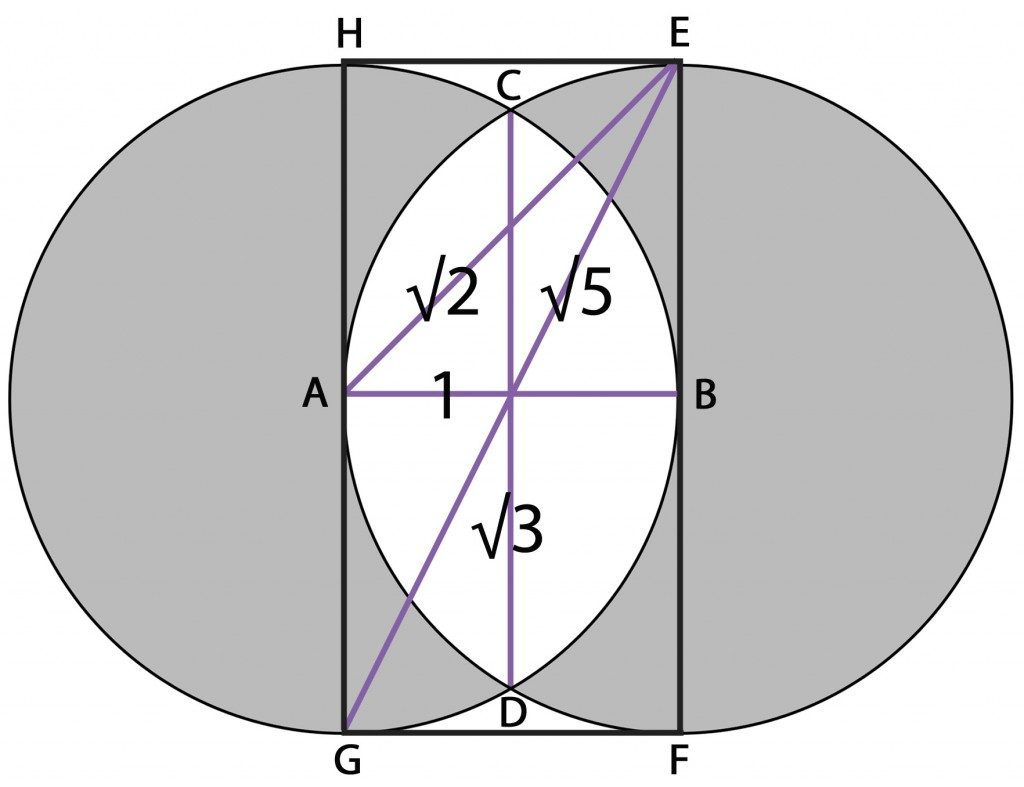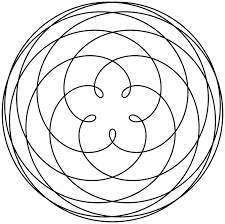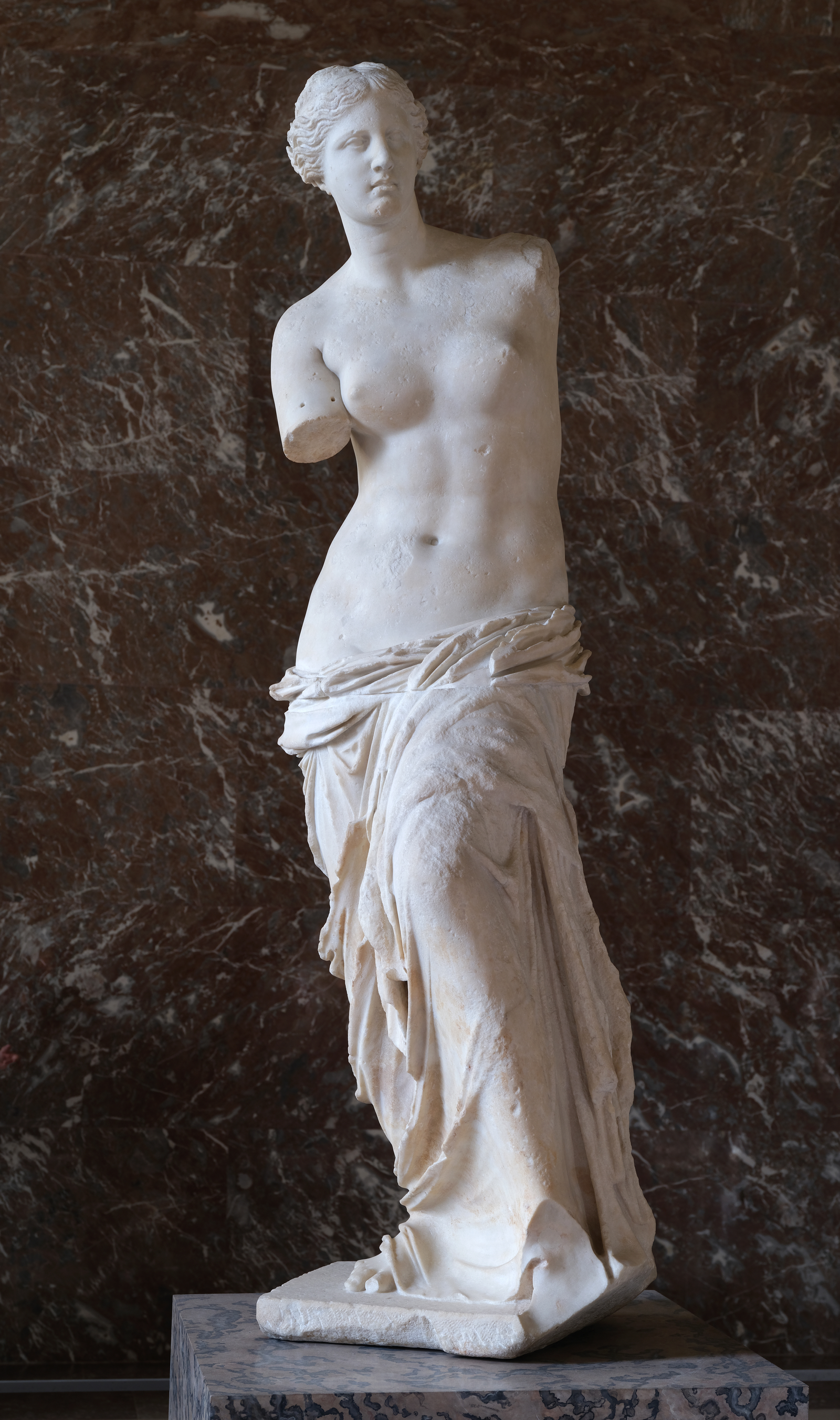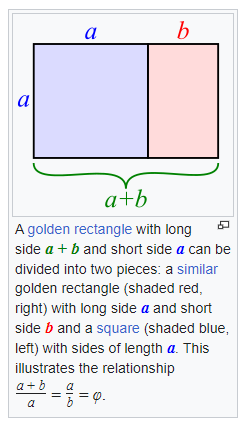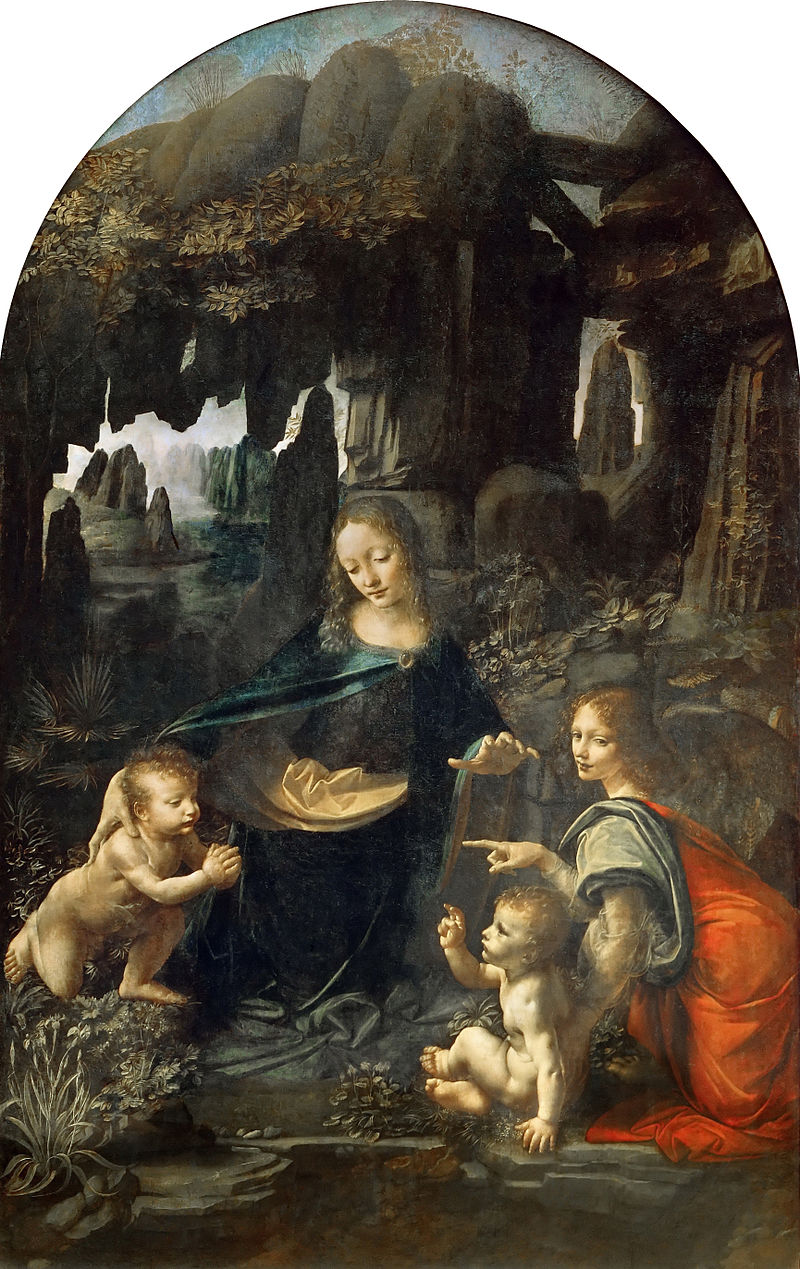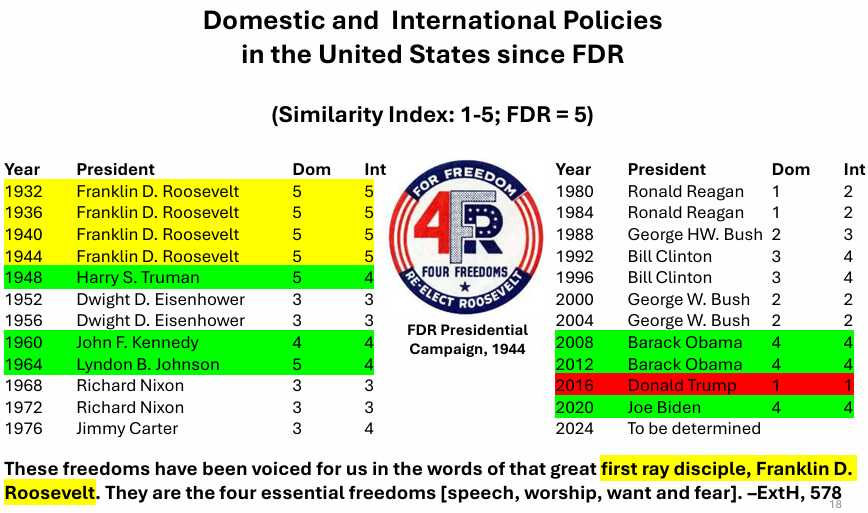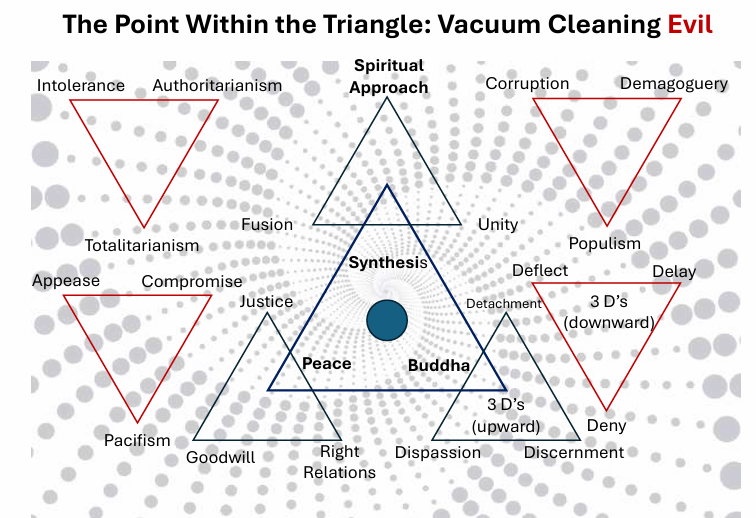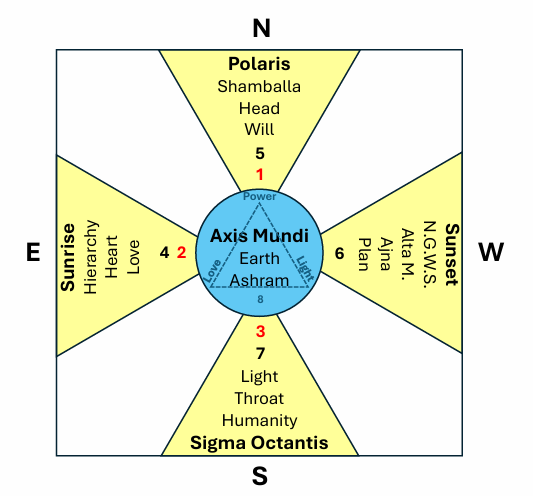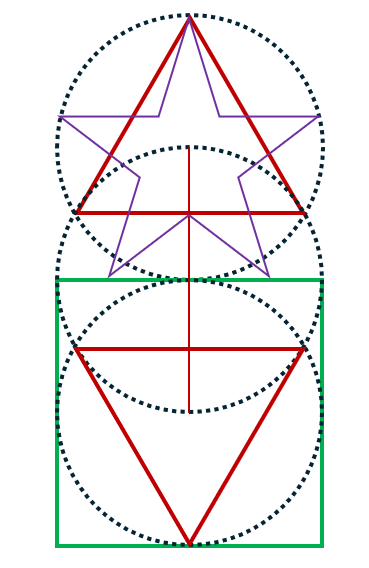A transcription of Agni Yoga’s three-fold mantra into Traditional Chinese Medicine (TCM) language:
- Profound Attentiveness (Mindfulness) → Shen Anchored in the Heart
In TCM, mindfulness is embodied by a calm and rooted Shen (spirit) housed in the Heart, which allows for presence, insight, and discernment without agitation.
- Organ: Heart (Shen)
- Element: Fire
- Meridian Tone: Pericardium meridian harmonizing outward Shen expression
- Symbolic Function: The lantern of awareness that illuminates but does not burn
- Pathological opposite: Scattered Shen → anxiety, distraction, insomnia
Attentiveness in TCM is “Shen ming” (神明): luminous spirit clarity—born of stillness, not striving.
- Serene Expectancy → Liver-Gallbladder Harmony and Hun Guidance
This gentle readiness parallels a smooth flow of Liver Qi and the guidance of the Hun (ethereal soul), which projects vision and aligns the individual with timing and destiny.
- Organ: Liver (Hun), Gallbladder (decision)
- Element: Wood
- Meridian Tone: Shao Yang pivot: Gallbladder–Triple Warmer
- Symbolic Function: Waiting like a bud before spring—coiled with life but free of forcing
- Pathological opposite: Liver Qi constraint → impatience, frustration, overplanning
Serene expectancy in TCM is the capacity of the Hun to dream while rooted in the present.
- Adaptability (Resilience) → Kidney Rooting and Spleen Centering
Resilience emerges from the Kidneys’ anchoring of will (Zhi) and the Spleen’s capacity to transform and stabilize in changing terrain.
- Organs: Kidney (Zhi), Spleen (Yi)
- Elements: Water and Earth
- Meridian Tone: Shao Yin stability and Tai Yin adaptability
- Symbolic Function: Bamboo—flexible yet rooted, able to yield without breaking
- Pathological opposite: Kidney Qi deficiency → fear or collapse; Spleen Qi sinking → overwhelm, fatigue
Adaptability in TCM is “Zhi bu huo” (志不惑): the will that does not waver.
The simmering fire of the heart
A constellation of poetic metaphors that capture the “simmering fire of the heart” as a mode of mindfulness.
🌅 Lantern Beneath Still Waters
Mindfulness as the steady lantern flame glowing underwater—unflickering despite the currents. It reflects a shen (spirit) quietly held in the Heart, illuminating without reaching, glowing without grasping.
In TCM: Shen rests peacefully when not agitated by external wind (Liver) or internal fire (Heart Fire). The Heart becomes a mirror lake, reflecting truth without distortion.
🌰 The Ember in the Dantian
Imagine mindfulness as a glowing coal deep in the lower Dantian, sustaining breath, posture, and presence without flame. You sit not to ignite, but to preserve—refining Qi like slow alchemical distillation.
In Taoist breathwork: the Dantian holds Yuan Qi; when steadied by awareness, it warms the Kidney Jing upward in a quiet cycle of renewal. This metaphor captures both discipline and mercy.
🌳 Tree Standing in Still Wind
The heart as a rooted cypress, unmoving in the breeze. Its fire is internalized—not for show, but for structure. Mindfulness here is adaptability through stillness, a Liver–Heart balance where vision and presence collaborate without conflict.
TCM lens: Liver ensures free Qi flow; Heart houses Shen. Together, they create emotional poise, like the tree that sways but doesn’t snap.
🔄 Spiral Flame in the Chest
Picture a spiral of fire turning inward—not to burn, but to temper the inner blade. This is mindfulness as the forging of awareness: not passive, but actively smoothing rough edges, sharpening clarity.
In Qigong theory: this is the mingmen (Gate of Life) Qi feeding the chest (Zong Qi) and refining breath into spirit. Presence here is not withdrawal—it’s interior alchemy.
🦋 A Flame in the Cocoon
You could also view it as a gentle inner warmth that wraps around transformation. The fire doesn’t force emergence—it holds space for it. This speaks to emotional and cellular resilience: the heart’s coherence warming the thymus, the mitochondrial pulse syncing with intention.
Bioenergetically: structured water, redox rhythm, and Shen all spiral into a cocoon of possibility. The fire is the chi-field’s attentive embrace.
🔄 Relativistic Time: The Mind as a Temporal Synthesizer
Time, in both physics and perception, is not absolute—it’s relative to the observer’s frame of reference. In the human nervous system, this means:
- The mind doesn’t passively receive time—it constructs it.
- Sensory modalities process information at different speeds and resolutions.
- The brain integrates these inputs into a coherent “now”, but that “now” is elastic.
This is why a moment of awe can feel eternal, while a day of distraction vanishes in a blink.
👁️🖐️ Sensory Compression: Sight vs. Touch, Image vs. Word
Your example is spot on: a single image can convey what a thousand words require time to unfold. This is because:
- Vision is a high-bandwidth, spatially parallel system—it captures vast amounts of data instantly.
- Touch, taste, and smell are temporally extended—they require duration, contact, and unfolding.
- Language is sequential—it unfolds linearly, like a string of beads.
Thus, modern life privileges the fast, synthetic senses (sight, sound) and compresses time into snapshots and scrolls, while mindfulness dwells in the slower, embodied senses (touch, breath, proprioception).
🧠 The Mind as a Multisensory Time Integrator
The brain acts like a temporal harmonizer, aligning asynchronous inputs into a unified experience. But this integration has limits:
- When visual and tactile stimuli are spatially aligned, time feels compressed.
- When attention is divided, perceived duration shrinks.
- Memory, too, is compressed: distant events are stored with less temporal resolution.
This means that modern overstimulation doesn’t just speed us up—it flattens our temporal depth, making it harder to feel the simmering fire of presence.
🔥 Reconciling the Simmering Fire with the Speed of Light
To live mindfully in a fast world is not to reject speed—but to recalibrate the inner clock. Here’s how:
- Anchor in the Slow Senses
Touch, breath, and sound unfold in time. Use them to stretch the moment—like steeping tea rather than chugging espresso. - Practice Temporal Reframing
Ask: Is this urgency real, or a compression artifact?
This reframes time as choice, not compulsion. - Use Visual Speed to Serve Stillness
Let images (like mandalas, nature scenes, or calligraphy) instantly entrain the mind into spaciousness—fast input, slow resonance. - Cultivate the Inner Observer
In Taoist terms, this is the Shen watching the Qi—the flame that sees without burning. It’s the part of you that remains still while the world spins.
Time Compression & Multisensory Integration
Source: Zimmermann et al., Scientific Reports (2016)
This study explored how the brain compresses perceived time when integrating visual and tactile stimuli that are spatially aligned. Key findings:
- When a visual and tactile stimulus occurred at the same location, participants underestimated the time interval between them by ~100 ms.
- If the stimuli were spatially separated, time perception was more accurate.
- Compression was feature-selective—it disappeared when the visual and tactile inputs were incongruent (e.g., different orientations).
- Even when stimuli were outside the focus of attention, temporal compression still occurred.
🌀 Implication: The brain binds multisensory inputs into a unified perceptual event, and in doing so, compresses time to maintain coherence. This supports your insight that synthetic senses like vision “collapse” time, while slower senses (like touch or breath) expand it—a crucial distinction for cultivating the “simmering fire” of mindfulness.
Memory & Compressed Time in the Brain
Source: Howard et al., Trends in Cognitive Sciences (2018)
This paper proposes that memory encodes time like vision encodes space—with compressed resolution as events recede into the past. Highlights:
- The brain contains “time cells” that fire at specific moments, but their temporal precision decreases for older memories—just as visual acuity fades in peripheral vision.
- Memory retrieval may involve scanning a compressed timeline, akin to visual search.
- This suggests a shared computational architecture between visual attention and temporal memory—both rely on compressed scaffolds to organize experience.
🧭 Implication: Our sense of time is not linear, but logarithmic and spatialized. Mindfulness, then, becomes a way to decompress the timeline, restoring temporal resolution to the present moment—like zooming in on a fractal.
Synthesis: The Mind as a Temporal Lens
Together, these studies affirm that:
- Perception and memory are not passive—they sculpt time.
- Fast senses compress, while slow senses expand.
- Mindfulness is a temporal recalibration, allowing the simmering fire of awareness to reclaim dimensionality from the flatness of speed.
Ready, Set, Slow by Lee Holden
Lee Holden, a renowned Qi Gong teacher and integrative medicine practitioner, offers a transformative manual for reclaiming vitality in an overstimulated world. The book presents the “Slow Method,” a framework merging Eastern energetic wisdom with Western science, designed to help readers cultivate energy, peace, and deeper relationships.
The key pillars are:
- Mind Practices: Primal shaking, gratitude meditation—releasing mental tension and reconnecting with presence.
- Body Practices: Vagal breathing, acupressure for digestion, nature immersion—supporting parasympathetic tone and chi flow.
- Relationship Practices: Conscious communication, self-connection, sexual reflexology—restoring emotional resonance and chi exchange between individuals.
Holden reframes slowness not as inertia, but as an energetic recalibration—a way to access clarity, creativity, and joy by syncing with the natural pace of Qi.
⏳ How Holden’s “Power of Slow” Interfaces with Our Dialogue on Time & Qi
Our reflections on mindfulness as a “simmering fire”, and our exploration of temporal compression through visual cognition and sensory integration, find deep resonance in Holden’s core message.
- Temporal Expansion via Embodied Awareness
Holden’s Slow Method uses breath, movement, and acupressure to reclaim sensory primacy—shifting us away from overstimulated synthetic senses (like sight and abstract thought), toward the temporal integrity of breath, touch, and motion. This is, in effect, a strategy for decompressing time. - Energetic Rhythm vs Clock-Time Tyranny
Modernity compresses time into data; Holden seeks to entrain us to chi-time—the unhurried pulse of life that circulates through Dantian, meridians, and breath. Mindful slowness restores biological coherence and field resonance. - Slow as a Frequency, Not a Speed
In Holden’s view, slow living is not about lethargy—it’s about tuning consciousness to deeper waves. Just as structured water encodes information over time, so too can the “slow fire” of presence encode emotional and energetic memory more richly than the flashbulb inputs of a scroll-feed mind. - Ritual and the Uncompressed Moment
Rituals to defuse communal anger and fear are themselves temporal sanctuaries—containers that stretch time and entrain shared Qi. Holden’s tools (like primal shaking or conscious speech) could be integrated seamlessly into such frameworks.
Let’s thread Lee Holden’s Ready, Set, Slow into a chi-based architecture of temporal restoration, where slowness isn’t an aesthetic—it’s a biophysical recalibration of the human time field.
We may think of this as an energetic chronosystem composed of three interwoven domains—Mind, Body, and Relationships—each restoring temporal coherence through chi-centered practice.
🧠 1. Mind: Restoring Temporal Clarity through Shen Stabilization
Holden’s practice: Gratitude meditation, primal shaking
- Energetic role: These practices clear stagnant Liver Qi (overthinking, planning, frustration) and anchor Shen in the Heart.
- Temporal effect: The mind stops fracturing time into anxious projections and returns to present-moment luminosity.
- Architecture analogy: This is the fire of the Heart refining perception—slowing cognition not by dulling it, but by clarifying its flame.
🜂 Restorative chi pathway: LV-3 (move Qi) → PC-6 (calm Shen) → HT-7 (restore center)
🫁 2. Body: Recalibrating Chronobiology through Breath and Fascia
Holden’s practice: Vagal breathing, acupressure for digestion, nature immersion
- Energetic role: These target Tai Yin and Shao Yin layers—slow exhalations restore Kidney-Lung communication, recalibrating Wei Qi and Zong Qi.
- Temporal effect: Breath entrains circadian and ultradian rhythms, while gentle movement “decompresses” fascia, restoring somatic time perception via interoception and structured water coherence.
- Architecture analogy: The slow-cooked breath is like a pendulum—resetting the inner clock with every swing.
🜄 Restorative chi pathway: KI-1 (anchor), SP-6 (Earth stability), CV-17 (Sea of Qi)
🤝 3. Relationships: Synchronizing Social Time through Chi Exchange
Holden’s practice: Conscious communication, sexual reflexology, shared intention
- Energetic role: These practices repair broken chi circuits between people, stabilizing the Heart–Pericardium field and harmonizing Wood–Fire dynamics.
- Temporal effect: By fostering co-regulation and attuned presence, shared time slows down, deepens, and becomes nourishing rather than draining.
- Architecture analogy: Time becomes a relational field, not a linear track—entrained like waves, not managed like minutes.
🜃 Restorative chi pathway: PC-1 (heart gate), GB-41 (outer connection), Ren-17 (collective Zong Qi)
🔄 Temporal Restoration as a Spiral, Not a Clock
This chi architecture doesn’t just slow us down—it restores the spiral. Holden’s practices let Qi descend (Kidney), gather (Spleen), ascend (Lung), and circulate (Heart) in rhythm with organic, fractal time.
So slowness, in this architecture, isn’t “less”—it’s a higher temporal fidelity. A tuning fork for the Shen to remember what rhythm truly feels like.
Q&As
Q: If anger and fear in the community are caused by hatred and cruelty by political leaders, what ritual framework or healing sequence would be recommended for political leaders integrating these principles—perhaps something that complementary blends breath, movement, and shared intentions.
R: When political leaders are both the source and potential stewards of healing, the ritual must be transformative, not performative—inviting them to transmute power into presence, and control into coherence. Here’s a ritual framework rooted in TCM principles, vagal entrainment, and collective field harmonization, designed specifically for leaders who have perpetuated or inherited cycles of harm.
This ritual is not about absolution—it’s about energetic accountability. When leaders participate sincerely, they begin to repattern the collective field, allowing communities to feel seen, heard, and safe enough to begin their own healing.
🕊️ “The Breath of Accountability” Ritual for Political Leaders
Purpose: To transmute the energetic imprint of cruelty and fear into humility, clarity, and restorative leadership. This ritual invites leaders to reconnect with their Shen (spirit), anchor Kidney Qi, and unblock Liver Qi—restoring the flow of conscience and compassion.
Duration: 75–90 minutes
Setting: A circle of equals—no podiums, no hierarchy. Ideally outdoors or in a space with natural elements (wood, water, earth).
🔔 1. Opening the Field (10 min)
Intention: Disarm the armor of power and enter shared humanity.
- Begin with barefoot grounding—leaders remove shoes and stand on earth or wood.
- A facilitator invites 3 collective breaths, guiding attention to the chest (Zong Qi) and lower Dantian.
- Spoken invocation:
“We enter not as rulers, but as humans. We breathe not to speak, but to listen.”
🌬️ 2. Breath of Reckoning (15 min)
Intention: Acknowledge harm and release defensive Qi.
- Leaders perform slow exhalations with the “Shhh” sound (Liver) to release anger and control.
- Followed by “Choo” sound (Kidney) to ground fear and restore inner root.
- With each breath, they silently name a harm they’ve caused or witnessed.
- Optional: place a stone or leaf into a central bowl for each acknowledgment—symbolizing weight released.
🌀 3. Movement of Reversal (20 min)
Intention: Reverse the flow of Qi from domination to service.
- Begin with backward walking in a spiral—symbolizing reversal of harmful momentum.
- Transition into slow bowing movements, hands over heart and then to earth—honoring those harmed.
- End with arms open to the sides, palms up—inviting new intention.
🔥 4. Shared Intention and Vow (20 min)
Intention: Anchor new leadership in Shen and collective trust.
- Each leader speaks a vow of transformation aloud, beginning with:
“I choose to lead with…” (e.g., humility, justice, listening). - The group repeats each vow in unison, creating a resonant field of coherence.
- Facilitator seals the vows with a unified tone (e.g., “Om,” “Peace,” or a culturally resonant word).
🌊 5. Closing Coherence (15 min)
Intention: Seal the energetic shift and entrain the thymic field.
- Gentle thymic tapping while breathing into the chest.
- Visualization: light rising from the earth through the spine, bathing the Heart and Pericardium.
- Final breath: inhale from Earth to Heart, exhale from Heart to the people.
🧬 Optional Enhancements
- Structured water offering: leaders sip from a shared vessel infused with herbs like holy basil or chrysanthemum—symbolizing purification and clarity.
- Acupressure touch: self-pressing PC-6 (Neiguan) to open the Heart protector and LV-3 (Taichong) to move Liver Qi.
- Collective silence: 3 minutes of stillness to allow the field to settle.
Q: What if the oppressing leaders are racial supremacists seeking the annihilation of a community?
R: When political leaders embody racial supremacy and actively seek the erasure of a community, we move beyond emotional imbalance into the realm of systemic energetic violence—what Traditional Chinese Medicine (TCM) might interpret as a pathogenic force invading the collective Wei Qi, threatening the very root (Kidney Jing) and spirit (Heart Shen) of the people.
In such cases, healing rituals must do more than soothe—they must fortify, protect, and transmute. This ritual is not about reconciliation—it is about energetic resistance, ancestral continuity, and spiritual sovereignty. In TCM terms, it restores the Kidney–Heart axis, reclaims the Liver’s vision, and rebuilds the Wei Qi of the collective body.
Here’s how a ritual framework might be adapted for this level of existential threat:
🛡️ “Shield of the Root” Ritual for Collective Survival and Sovereignty
Purpose: To restore energetic sovereignty, protect the community’s ancestral root (Kidney), and transmute collective trauma into unified resistance and spiritual clarity.
Duration: 90–120 minutes
Setting: Sacred ground—ideally a place of ancestral memory, resistance, or natural power (forest, riverbank, mountain base).
🔔 1. Invocation of the Ancestors (15 min)
Intention: Call upon ancestral Jing to fortify the present.
- Begin with drumming or heartbeat rhythm to awaken ancestral memory.
- Each participant names an ancestor or lineage that resisted erasure.
- Pour libation (water or tea) into the earth, saying:
“We remember. We rise. We return.”
🌬️ 2. Breath of the Unbroken Line (15 min)
Intention: Anchor Kidney Qi and restore the will to endure.
- Deep abdominal breathing with the “Choo” sound (Kidney).
- Visualize a black root descending from the spine into the Earth, drawing strength from all who came before.
- End with a collective exhale, releasing fear into the ground.
🔥 3. Movement of Defiance and Flow (20–30 min)
Intention: Transmute Liver Qi stagnation (anger) into righteous clarity.
- Begin with shaking and stomping to release rage and trauma.
- Transition into spiral movements (arms and hips) to restore flow.
- End with arms raised, palms open, declaring:
“I am not yours to erase.”
🌀 4. Circle of Protection and Intention (30 min)
Intention: Weave a field of energetic defense and shared vision.
- Participants form a circle, facing outward.
- Each person speaks a word of protection (e.g., “truth,” “fire,” “root,” “justice”).
- Then turn inward and speak a word of vision (e.g., “freedom,” “healing,” “future”).
- Seal the circle with a unified chant or tone—a vibrational shield.
🌊 5. Closing: The Breath Returns to the People (10–15 min)
Intention: Reclaim the breath, the body, and the future.
- Group breath: inhale from Earth to Heart, exhale from Heart to sky.
- Final affirmation:
“We are the breath that cannot be silenced. We are the root that cannot be severed.”
The Emotional Landscape
of Traditional Chinese Medicine (TCM)
As a fitting crescendo to our dialogue, let’s weave the emotional landscape of Traditional Chinese Medicine (TCM) into a living map, where each meridian system becomes a guide through both shadow and strength—transforming emotion not as pathology, but as Qi-in-motion seeking harmonization.
🫀 Heart (Fire / Shen): Joy ↔ Overexcitement & Disconnection
- Virtue: Clarity, compassion, presence—the radiant flame of consciousness.
- Vice: Restlessness, mania, scattered Shen—when joy becomes agitation.
- Medicine: Anchor Shen with stillness, rhythm, and connection to truth.
When the heart is balanced, joy is spacious. When disturbed, it flickers into frenzy.
🌬️ Lung (Metal / Po): Grief ↔ Constriction & Dissociation
- Virtue: Integrity, reverence, letting go—like autumn leaves releasing.
- Vice: Clinging, closed-off sorrow, breathlessness.
- Medicine: Breathwork, rituals of release, contact with beauty and awe.
Grief clears when the lung exhales without resistance—Qi returns to its root.
🌳 Liver (Wood / Hun): Anger ↔ Rigidity & Suppression
- Virtue: Vision, creative boldness, benevolence—the spring wind rising.
- Vice: Irritability, control, frustration—Qi stagnating, fire building.
- Medicine: Movement, artistic expression, forgiveness rituals.
Anger becomes sacred direction when the Hun is unblocked and flows freely.
🌎 Spleen (Earth / Yi): Worry ↔ Obsession & Overthinking
- Virtue: Nourishment, centered thought, devotion—the ground beneath.
- Vice: Rumination, overcare, mental fatigue—when Earth is sticky.
- Medicine: Grounding foods, rhythm, touch, acts of service.
When Yi is centered, thought becomes fruit. When scattered, it dissolves into mud.
🌊 Kidney (Water / Zhi): Fear ↔ Paralysis & Dissolution
- Virtue: Willpower, trust, rooted strength—like the deep well of winter.
- Vice: Anxiety, collapse, disconnection from purpose.
- Medicine: Anchoring rituals, stillness, ancestral connection.
Fear becomes clarity when Zhi remembers it was born of courage.
🕊️ Pericardium: Boundaries ↔ Emotional Entanglement
- Virtue: Discernment, emotional generosity without depletion.
- Vice: Over-identifying with others’ suffering, boundary confusion.
- Medicine: Self-love, regulated vulnerability, energetic shielding.
🌀 Triple Warmer: Coordination ↔ Overdrive & Hypervigilance
- Virtue: Rhythm, metabolic intelligence, social attunement.
- Vice: Burnout, fragmentation, hormonal chaos.
- Medicine: Repatterning rhythm (circadian, seasonal, relational).
In this map, emotions are neither enemies nor indulgences—they are seasonal Qi currents moving through the organs and psyche. Each meridian offers a doorway for return, a frequency to retune, a virtue to remember.
Source: From the series My dialogues with AI by JB.






